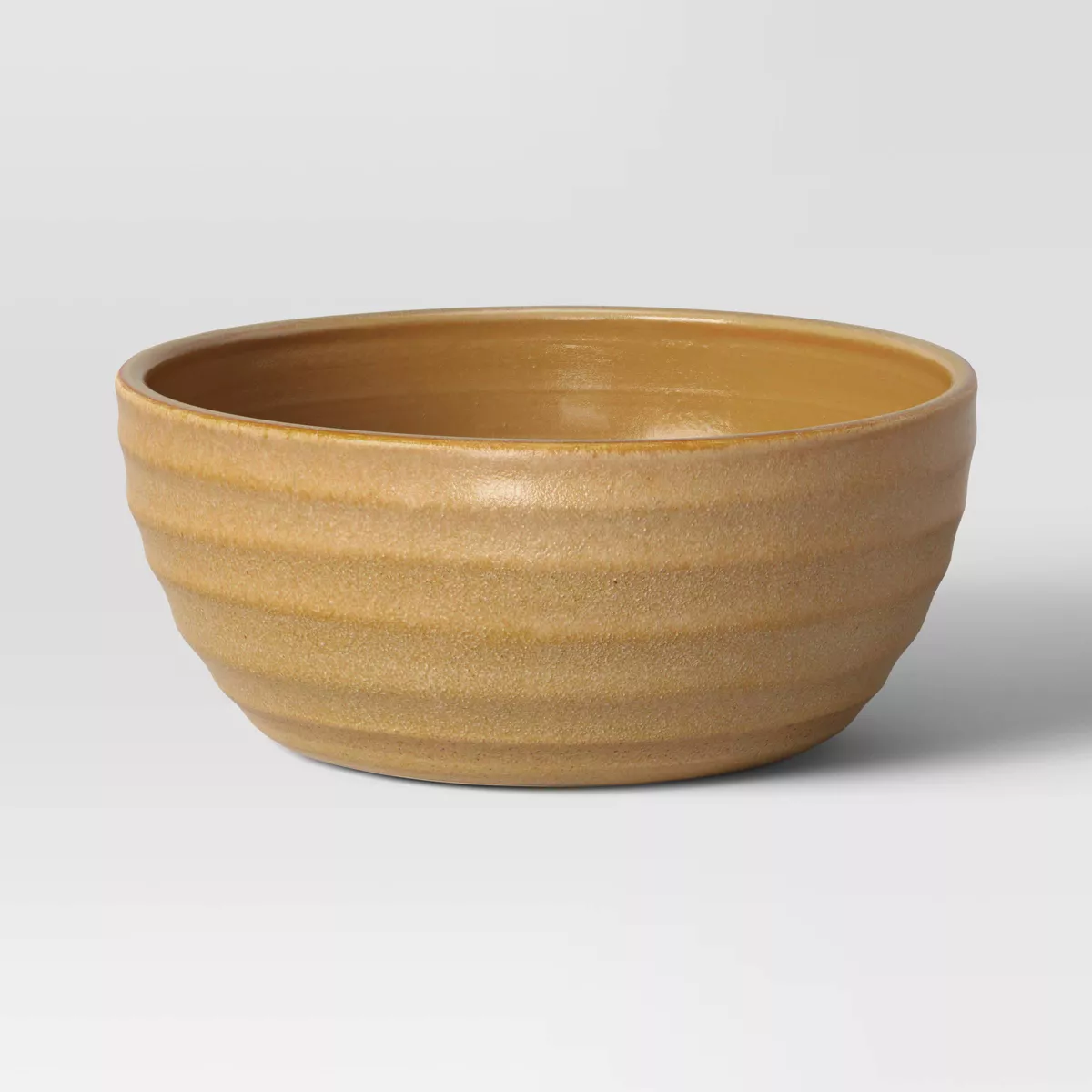Spice Up Your Space with an Herb Garden
- balanceinbloomig
- Mar 2
- 3 min read
Growing your own herbs is a rewarding and practical way to enhance your cooking and lifestyle. Not only do fresh herbs add incredible flavor to your meals, but they also provide numerous benefits over store-bought options, which are often stored in plastic containers and may lose their freshness quickly. By cultivating your own herb garden, you can ensure you have a constant supply of fresh, organic herbs right at your fingertips
Tabletop Herb Garden
For those who love the idea of fresh herbs year-round, an indoor tabletop herb garden is the perfect solution. Not only does it add a fresh, vibrant look to your home, but it also ensures you always have flavorful herbs at hand. Here’s how to create one:
Choose Your Container – A beautiful bowl with a drainage hole works perfectly for a chic, compact herb garden. Another great option is a galvanized utensil holder, which you can modify by drilling drainage holes in the bottom or adding a layer of rocks to promote proper drainage.
Select Your Herbs – Opt for herbs that thrive indoors, such as basil, thyme, parsley, chives, and mint. Be sure to group herbs with similar water and light needs together for optimal growth.
Soil and Planting – Use a well-draining soil mix consisting of potting soil, compost, and a bit of sand to ensure aeration and prevent waterlogging.
Placement and Care – Place your herb garden in a sunny spot, such as a kitchen windowsill or a well-lit table near a window. Most herbs need about 6 hours of sunlight per day. Water lightly but consistently, ensuring the soil remains moist but not soggy
Outdoor Herb Garden
If you prefer growing herbs outside, a small container herb garden on a patio or balcony is a great option. This setup allows your herbs to soak up the sun while keeping them easily accessible for cooking. Here’s how to get started:
Choose Your Container – A galvanized tub makes an excellent outdoor herb garden container. You’ll need to drill drainage holes in the bottom to prevent water buildup. Alternatively, a large pot with existing drainage holes works just as well.
Select Your Herbs – Outdoor gardens can accommodate a wider variety of herbs. Rosemary, oregano, sage, and lavender are excellent choices since they thrive in direct sunlight.
Soil and Planting – Mix sand, potting soil, and compost for a nutrient-rich, well-draining soil that encourages strong root growth.
Placement and Care – Place your herb container in an area that gets at least 6–8 hours of sunlight per day. Water regularly, but allow the soil to dry slightly between watering to prevent root rot.
The Benefits of Growing Your Own Herbs
· Freshness & Flavor: Homegrown herbs are fresher and more flavorful than store-bought options, which may have lost their potency due to long storage times.
· No Plastic Waste: Unlike store herbs that come in plastic containers, growing your own reduces plastic consumption and waste.
· Cost-Effective: A small initial investment in seeds or seedlings provides a long-term supply of fresh herbs at a fraction of the cost.
· Organic & Chemical-Free: You control what goes into your herbs, avoiding pesticides and chemicals often used in mass production.
The Importance of Regular Harvesting
To keep your herb garden thriving, it's essential to regularly harvest your herbs. Regular trimming encourages new growth, prevents the plants from becoming leggy, and extends their productive lifespan. When you use your herbs frequently, they will continue to produce fresh leaves, ensuring a continuous supply for your kitchen.
By following these steps, you can enjoy a beautiful and functional tabletop herb garden that provides fresh, flavorful herbs year-round.
I’d love to hear if you decide to create your own herb garden! Let me know what you choose to plant—I’m always excited to hear about new gardening projects.
Does an herb garden sound like too much? Start even simpler with microgreens! They’re quick, easy, and packed with nutrients. Stay tuned—I’ll be sharing a simple guide soon!












Comments